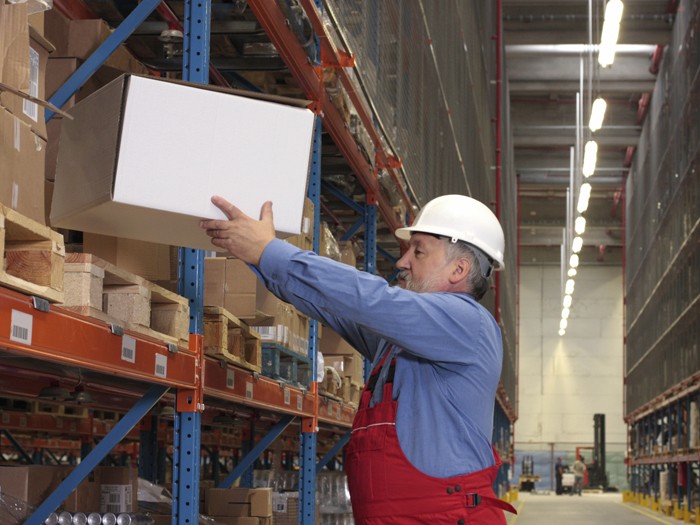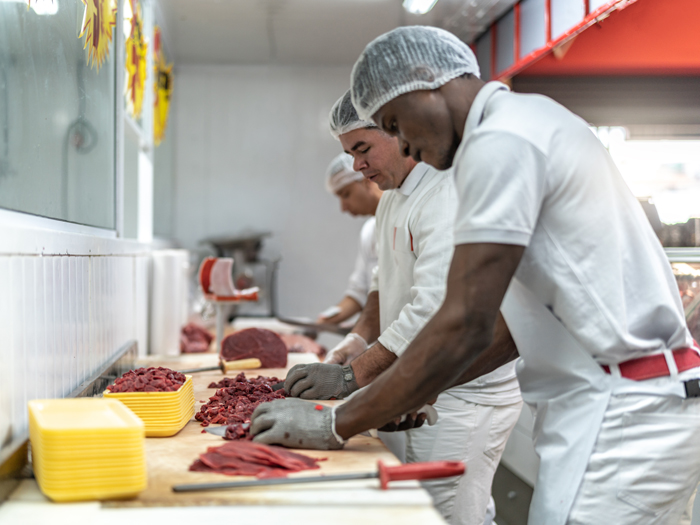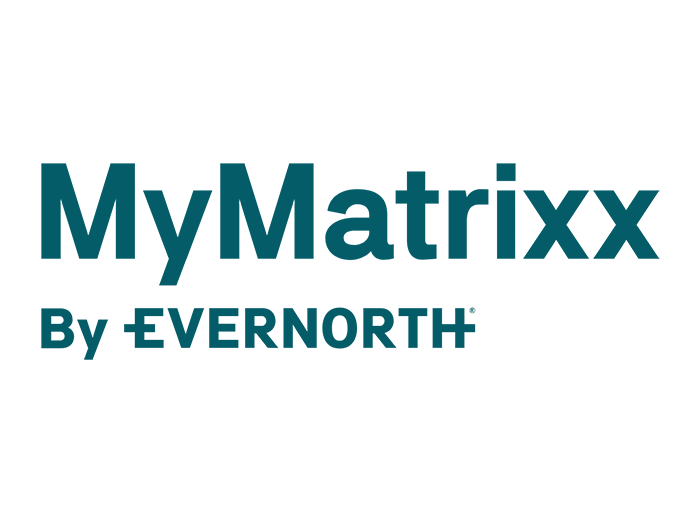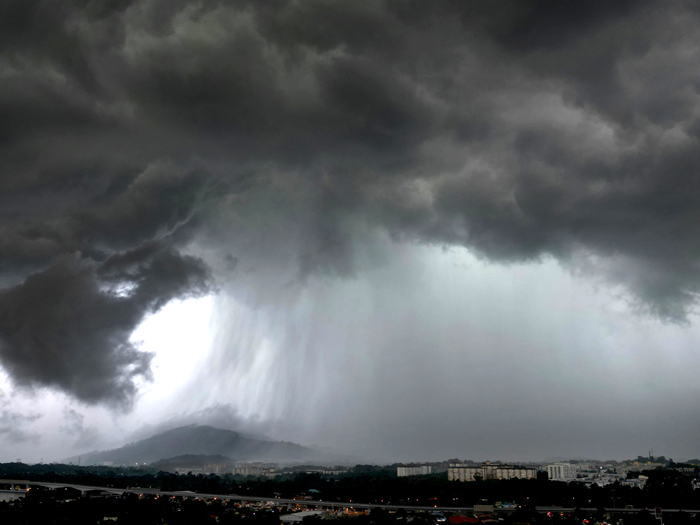Injury Trends
Overexertion Tops List of Work Injury Causes

Too much lifting, pushing, and pulling can cost a bundle. The latest review of occupational injuries indicates the category overexertion tops the list at a cost of more than $15 billion.
The Liberty Mutual Workplace Safety Index shows the top 10 leading causes of workplace injuries cost nearly $60 billion in 2012, the most recent year for which the figures are available. The insurer uses data from the Bureau of Labor Statistics, the National Academy of Social Insurance, and its own claims to determine the top injuries that caused an employee to miss at least six days of work.
“Overexertion involving outside sources was ranked first among the leading causes of disabling injury,” the report said. “This event category, which includes injuries related to lifting, pushing, pulling, holding, carrying, or throwing, cost businesses $15.1 billion in direct costs and accounted for more than one-quarter of the overall national burden.”
The insurer has developed a variety of tools and services to help employers reduce the risk of injuries included on the list. For overexertion, the company uses ergonomic assessment tools such as an online calculator to aid businesses in mitigating the risks of manual handling.
“When we know the acceptable weights and forces that employees can perform under, we use that information to design safer manual handling jobs,” said Wayne S. Maynard, the program director of the company’s Risk Control Technical Services.
Falls on the same level was the second category on the list with direct costs of $9.19 billion annually. This accounted for more than 15 percent of the total injury costs.
Rounding out the top five occupational injuries and their costs were:
- Struck by object or equipment — $5.3 billion.
- Falls to lower level — $5.12 billion.
- Other exertions or bodily reactions, including injuries caused by bending, crawling, reaching, twisting, climbing, stepping, kneeling, sitting, standing, or walking — $4.27 billion.
The top five injuries accounted for 65.4 percent of the total cost.
The other causes of injuries on the list were roadway incidents involving motorized land vehicle, slip or trip without fall, caught in/compressed by equipment or objects, repetitive motions involving micro tasks, and struck against object or equipment.
The top 10 causes of injuries equated to nearly 84 percent of the total cost burden.
Publication Available
Overexertion is also the subject of a new National Institute for Occupational Safety and Health publication aimed at reducing workplace injuries from musculoskeletal injuries.
Overexertion, in the form of strains and sprains, can occur when workers improperly move materials. The 23-page NIOSH booklet illustrates how grocery store workers should use mechanical assist devices to lift, push, or pull heavy materials. For each task, there are a number of devices that can be used.
Among the publication’s recommendations is a reminder that when stocking shelves, employees should use a pallet stacker to avoid the need to bend and lift, and ideally, lighter weight goods should go on the lower level shelves.
While the publication is aimed at workers in grocery stores, the format can be adapted to other scenarios, according to NIOSH. That can be especially helpful for retailers with Internet sales that must move large quantities of merchandise.
“Data has shown us that not only do musculoskeletal injuries result in time away from work across all industry sectors, but data shows that they affect workers in the wholesale and retail trade at a higher rate,” said Dr. John Howard, director of NIOSH. “This new resource is an invaluable tool for workers in this industry to help decrease injuries and increase productivity.”










